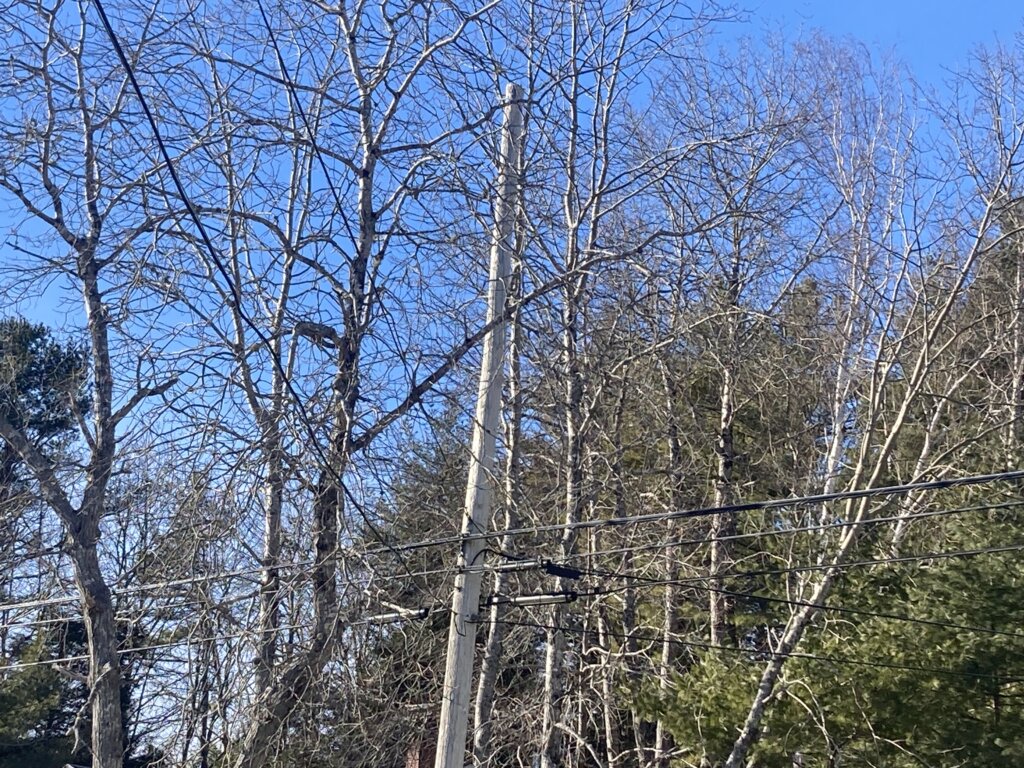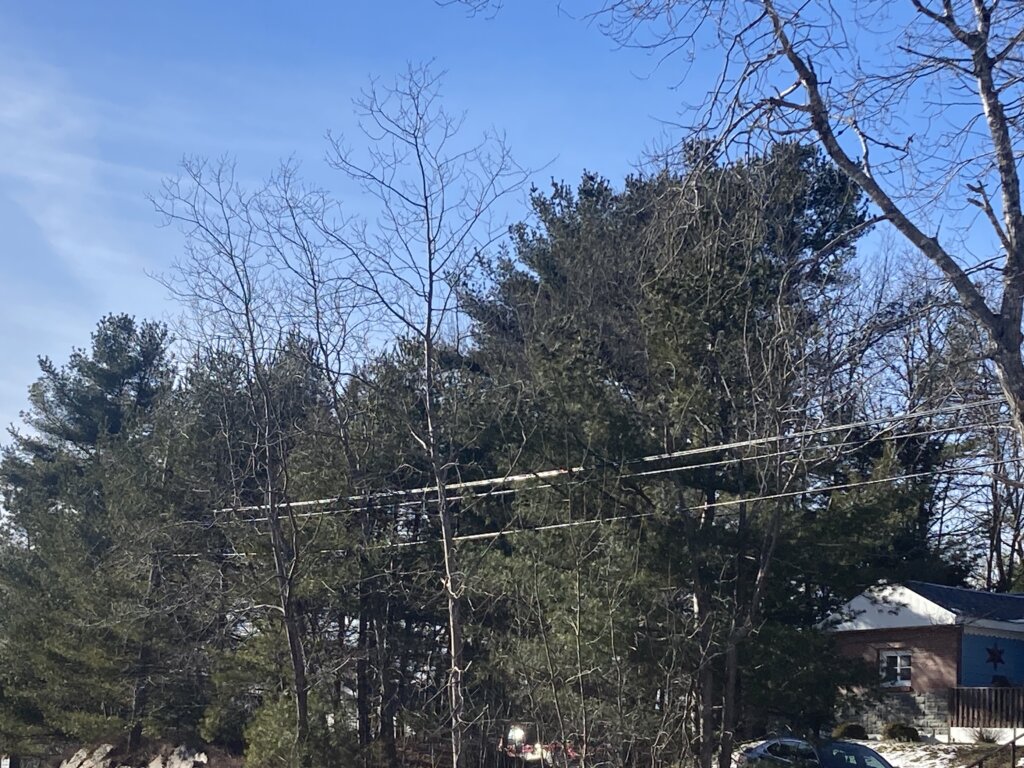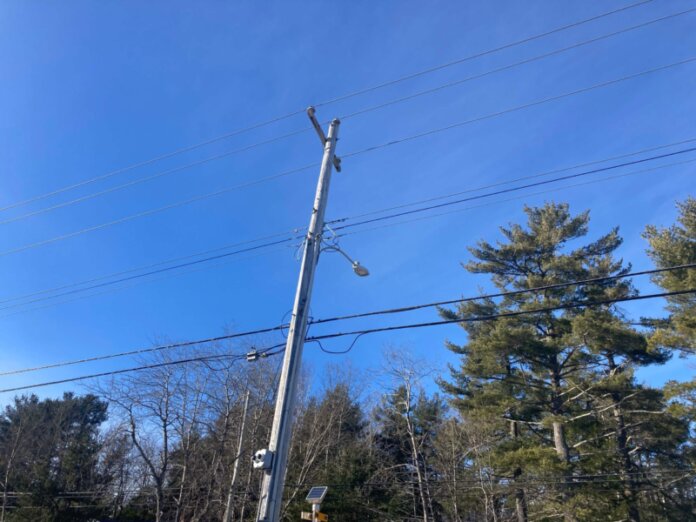FALL RIVER: Nova Scotia Power said they understand the frustration last weekends power outage and then the ensuing on again off again outages along the power grid in Fall River was for residents.
In a response to a query sent to NSP on Tuesday Feb. 7 by The Laker News, Matt Drove, Senior Director of Transmission and Distribution Operations with the Emera-owned utility, said the majority of recent outages in the Fall River area are the result of more frequent storms in the province.
The Laker News sent in four questions to NSP after reading and hearing some concerns from frustrated residents along the grid between Schwarzwald subdivision and the weigh scales in Enfield, HRM.
MLA Brian Wong and Councillor Cathy Deagle Gammon also heard concerns voiced their way from residents and did their own inquiry to NSP looking for answers.
ADVERTISEMENT:
Drove said the weekend storm, which saw temperatures drop to a record setting and made things feel like –35 to –40, had wind gusts exceeding 70 km per hour that recorded in the Fall River area.
“These strong wind gusts combined with weakened trees from past storms, including Fiona, contributed to outages in the area,” said Drove. “Extreme cold temperatures also resulted in a significant increase in electricity demand.
“We experienced a record high demand in the province on Saturday, February 4. As a result, in specific areas such as parts of Fall River, demand on local electrical equipment was especially high.”
ADVERTISEMENT:

He said that in some of these cases, that meant electrical equipment became overloaded, and protection devices operated to prevent damage to the equipment and larger outages from happening.
“Some customers in the Fall River area also experienced several on-and-off outages,” he explained. “This happened because high demand was hovering around the limits of the protective device, during the extreme cold conditions and with the increase in power usage.
“As a result, the device automatically interrupted power many times to protect the equipment, stopping a few seconds or minutes later and causing on-and-off outages to customers each time.”
ADVERTISEMENT:
Drove said once temperatures began to rise, the high demand returned to the normal levels of the protective device, and customers would have stopped experiencing these outages.
“These devices prevented larger and prolonged outages from happening if the equipment had been damaged,” he said.

He said power outages during storms are caused mainly by high winds breaking trees and branches, which fall on our powerlines and damage our equipment. Sometimes, trees and branches that are damaged during storms don’t fall until days or weeks later.
Drove said 2022 was a unique year for storms and severe weather.
“We had eight consecutive winter storms in early 2022. In the fall, Hurricane Fiona was the most significant hurricane to ever hit Nova Scotia and prompted the largest restoration response in our company’s history,” he said. “These major events had significant impact on our system, but we’re always learning from them and applying those lessons to improve our system and our response for future storms.”
ADVERTISEMENT:
He said while larger and lengthy outages were prevented, NSP understand how frustrating this was for customers who were affected by these on-and-off outages.
“Our weather is changing,” he said. “That’s why we continue investing over $100 million on proactive system maintenance and $20 to 25 million on tree trimming every year across the province.”
Drove said for the Fall River area itself, that means the NSP forestry team is planning to trim trees along 62 km of line this year.
“This is a $1.5 million investment in maintenance and improvement in reliability for customers in the area, to help reduce outages going forward,” he said.
















